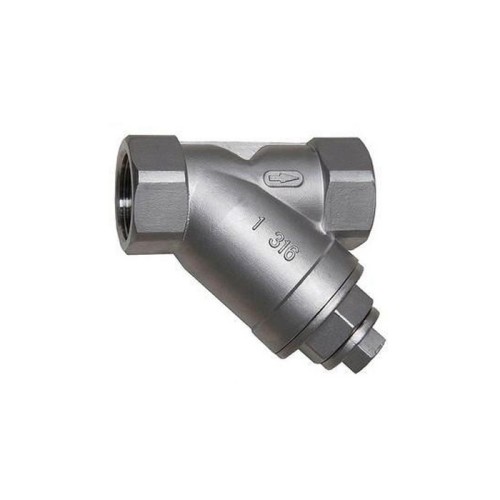Understanding the Functionality of Slow Closing Check Valves in Fluid Systems
Understanding Slow Closing Check Valves
In the realm of fluid dynamics and pipeline systems, check valves play a critical role in maintaining the integrity of fluid flow. Among these, slow closing check valves have emerged as a pivotal component for various industrial applications. These valves are designed to prevent backflow while minimizing water hammer—a phenomenon that can cause significant damage to pipelines and equipment.
What is a Slow Closing Check Valve?
A slow closing check valve is a type of valve that allows fluid to flow in one direction while preventing backflow. Unlike traditional check valves that close rapidly when flow ceases, slow closing check valves operate at a more controlled pace. This gradual closure reduces the sudden changes in pressure that can lead to water hammer, thus protecting the integrity of the piping system.
Working Mechanism
The operation of a slow closing check valve involves a few critical components the body, the disc (or closure element), and the actuator. When the fluid flows in the designated direction, it lifts the disc, allowing fluid to pass. Upon the cessation of flow, the actuator engages and slowly moves the disc toward the closing position. The velocity of this closure can be adjusted, allowing for a tailored response based on the system's requirements.
Applications
Slow closing check valves are utilized across various sectors where fluid control and system stability are paramount. Here are some common applications
1. Water Treatment Plants In municipal water supply systems, slow closing check valves help prevent surges that can damage pipe infrastructure or compromising water quality.
2. HVAC Systems In heating, ventilation, and air conditioning systems, these valves ensure that the coolant flows efficiently without creating pressure spikes that could harm sensitive equipment.
slow closing check valve

4. Pumping Stations At pumping stations, slow closing check valves help maintain a steady flow and prevent the reverse flow of liquids during pump shutdowns.
Advantages of Slow Closing Check Valves
1. Reduced Water Hammer The primary advantage of slow closing check valves is their ability to mitigate the effects of water hammer. By allowing fluid to decelerate gradually before closure, these valves decrease sudden pressure fluctuations.
2. Enhanced System Longevity By minimizing stress on pipelines and connected equipment, slow closing check valves can enhance the overall lifespan and efficiency of a fluid system.
3. Flexibility and Control They offer a customizable solution for various systems, allowing engineers to set the closure speed and, by extension, manage system behavior in different scenarios.
4. Operational Efficiency By ensuring a smoother flow transition, these valves contribute to overall operational efficiency, reducing energy consumption related to unexpected pressure surges.
Things to Consider
Despite their advantages, several factors must be taken into account when selecting a slow closing check valve for a particular application
- Flow Characteristics Understanding the fluid dynamics of the system will dictate the choice of valve size and type. - Material Compatibility The materials used in the valve need to be compatible with the fluid being handled to prevent corrosion or wear. - Maintenance Needs While generally low-maintenance, it's essential to consider accessibility for routine inspections and adjustments.
Conclusion
In conclusion, slow closing check valves represent a critical innovation in managing fluid dynamics within various systems. Their ability to prevent backflow while minimizing water hammer makes them indispensable in numerous applications, from municipal water treatment to industrial processes. By selecting the right slow closing check valve and implementing it correctly, engineers and operators can ensure the reliability and longevity of their fluid systems, ultimately safeguarding investments in infrastructure and equipment. As industries evolve and technology advances, the role of these valves will undoubtedly become even more integral in the ongoing quest for efficiency and reliability in fluid management.
-
The Key to Fluid Control: Exploring the Advantages of Ball Valves in Industrial SystemsNewsJul.09,2025
-
The Versatile World of 1, 2, and 3 Piece Ball ValvesNewsJul.09,2025
-
Stainless Steel Ball Valves: The Ideal Choice for Efficient Flow ControlNewsJul.09,2025
-
Optimizing Fluid Control with Ball Float ValvesNewsJul.09,2025
-
Manual Gate Valves: Essential for Control and EfficiencyNewsJul.09,2025
-
Everything You Need to Know About Butterfly ValvesNewsJul.09,2025
-
The Versatility of Wafer Type Butterfly ValvesNewsJul.08,2025




